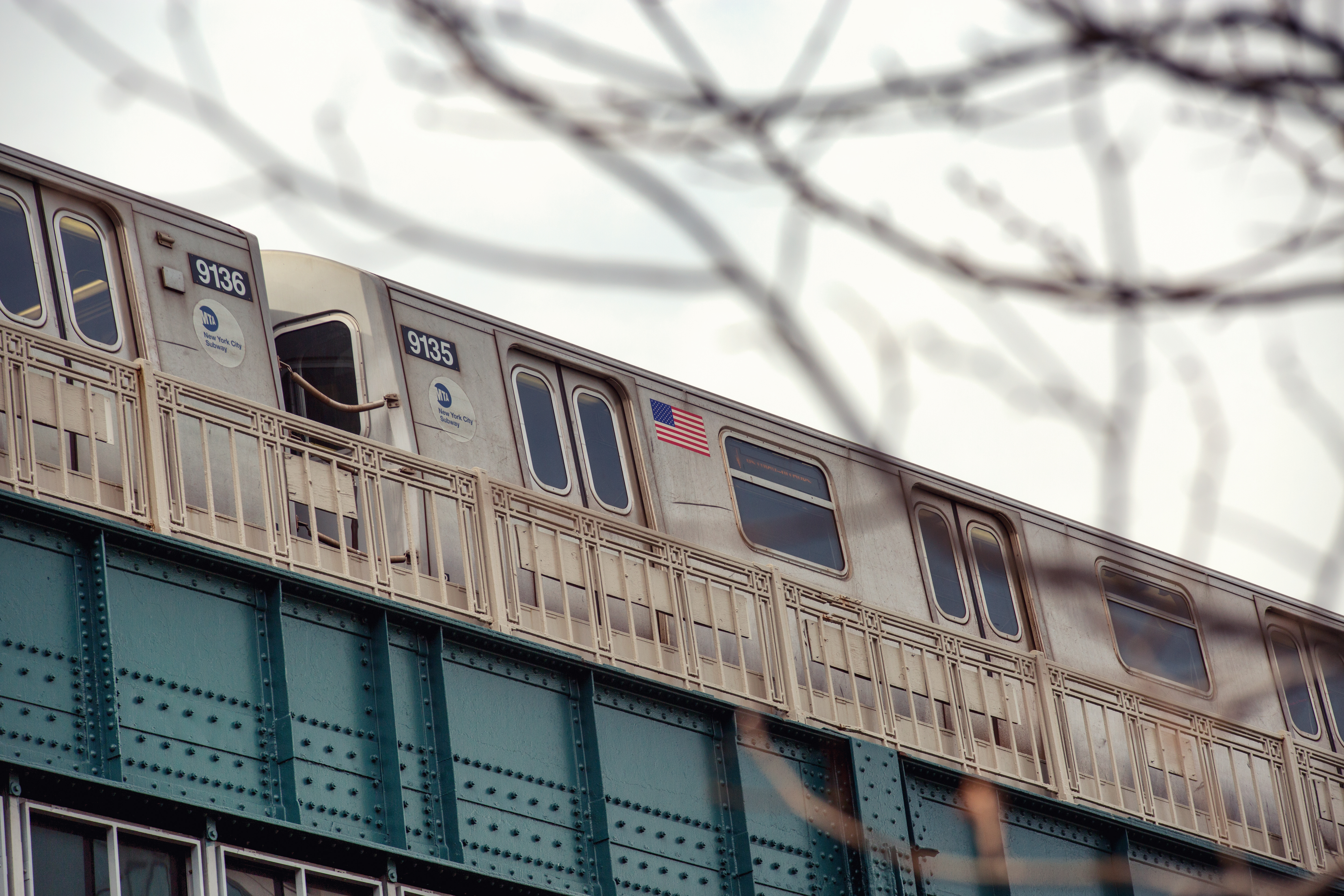Woman Steals Parked N Train for One-Stop Astoria Sprint, MTA’s Security Promises Unproven

As security breaches on the subway quietly multiply, New York confronts uncomfortable questions about transit safety, deterrence, and public confidence.
At 4:30 in the morning on July 17th, a scene more reminiscent of urban legend than daily commute unfolded on the Astoria Broadway station platform. An unidentified woman with striking red dreadlocks gained access to an empty, out-of-service N train, piloted it past sleeping city blocks, and disembarked at the next stop—36th Street—vanishing into early dawn before police could arrive. In a city built on movement, even its crimes now roll on rails.
By the account of the NYPD, this was no ordinary trespass. The train sat locked, awaiting its next scheduled run, when the woman managed to break in and operate the controls as if she were on the schedule. The entire escapade lasted a single stop, and no injuries or service delays ensued. MTA officials later confirmed that regular passenger service continued uninterrupted, even as officers—alerted by a transit booth attendant who called 911—pursued the vanished joyrider. The Metropolitan Transportation Authority declined to confirm whether the targeted train was equipped with recently promised alarms, pointing to “ongoing investigations.”
While no one was harmed, the hijacking is the third such incident in Queens within twelve months—an inauspicious hat-trick for the country’s largest urban subway. Jamaican-born Darius McMillan, who rides the N train from Astoria-Ditmars to midtown daily, rued the latest episode as “both impressive and worrying.” The city’s trains, once envied for their impenetrability if not punctuality, seem to have misplaced some of their mythic fortress reputation.
The first-order implications for New York are at once discreet and serious. Authorities downplay the operational impact, but employee morale—hard hit in the COVID era—faces fresh headwinds. Subway operators accustomed to unpredictable passengers, graffiti, or fare evasion now find themselves contemplating a more cinematic threat: rogue drivers. For riders, confidence in the system’s security—already eroded by sporadic violence and near-daily track intrusions—ebbs further.
The episode bodes poorly for the MTA’s attempts to portray its $227 million safety overhaul as both pragmatic and effective. Last year, citing a rash of unauthorized cab entries and trespassing, the agency committed to installing alarms and improving surveillance. Yet when pressed, agency officials demurred on specifics about deployment and efficacy. Cynics note that subway key access and control panel security—subjects of leaked MTA memos as far back as 2018—seem as porous as ever, despite new technology and stepped-up policing. In a system juggling both ageing infrastructure and clever trespassers, incremental fixes can feel puny next to the scale of intimidation.
If the symbolic damage is modest—one stop, no casualties—the second-order risks are harder to quantify. New York’s vast service workforce, more than 74,000 employees strong, is now entrusted with spotting not just mechanical failures, but human ones. For politicians, the optics offer little succour: Governor Kathy Hochul and Mayor Eric Adams have both championed transit as the nervous system of a post-pandemic city. Each new incursion, however harmless, quietly chips away at the narrative of a system surging back to pre-pandemic vitality.
The economic stakes are not negligible. New Yorkers took 3.9 million subway trips per average weekday in the first half of 2025, up from pandemic lows but still 17% below 2019. Public perception of safety weighs heavily on the willingness of offices to call workers back—unconventional news about hijackings risks becoming costly fodder for remote work arguments. Even the insurance calculus for the MTA looks shaky: repeated security lapses portend higher premiums and steeper costs for capital improvements already plagued by overruns.
The social implications drift towards the surreal. New York is the original home of “imposter culture”—from famed graffiti renegades to the so-called “bumbling bandit” who hijacked A trains as a teenager in the 1990s—but the recent spate has less panache and more risk. That the culprit remains unidentified does not stop a torrent of theories online, some more conspiratorial than others. For straphangers already anxious about crime, the news is a sign that symbolic guardianship of the subway rests on rickety foundations.
Rolling stock, rolling risks
Nationally, unauthorised operation of subway trains is vanishingly rare. By contrast, Germany’s S-Bahn and London’s Underground have reported only sporadic, less successful attempts over the past decade—typically stopped by more robust security controls. The repetitive nature of New York’s incursions suggests something more troubling: either a subculture learning from each prior episode, or a systematic weakness in MTA procedure and design. The city’s gargantuan 472-station network is notoriously hard to police, but its decentralised system has proved particularly susceptible to determined amateurs.
Globally, transit systems face an even sharper trade-off between security, convenience, and cost. Asian urban metros—Tokyo, Seoul, Singapore—deploy surveillance and automation with zealous consistency but at considerable expense and with scant tolerance for privacy concerns. New York’s effort to retrofit its prewar system with modern safeguards is, by contrast, slow and piecemeal, a study in bureaucratic modesty rather than ambition.
What, then, is to be done? The solution is neither panic nor resignation but something less headline-grabbing and more robust: tightening hardware, auditing employee behaviour, and closing loopholes that well-intentioned but tired workers might leave ajar. The MTA’s intermittent announcements about upgrades—alarms, keycards, extra staff—risk sounding feeble if real vulnerabilities fester. Transparent audits and evidence-based benchmarking against peer cities would do more for public confidence than any round of press conferences.
Ultimately, the real test for New York is not whether it can prevent every escapade, but whether it can credibly claim that train commandeerings will remain rare aberrations. The city’s subway exists as both symbol and service; chipping away at either is a slow way to erode what defines New York as a functioning metropolis. “We move the city,” MTA posters intone. They might add: “but safely, we hope.” ■
Based on reporting from Gothamist; additional analysis and context by Borough Brief.